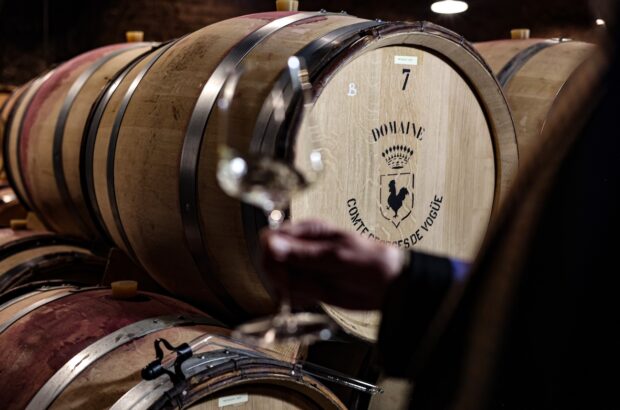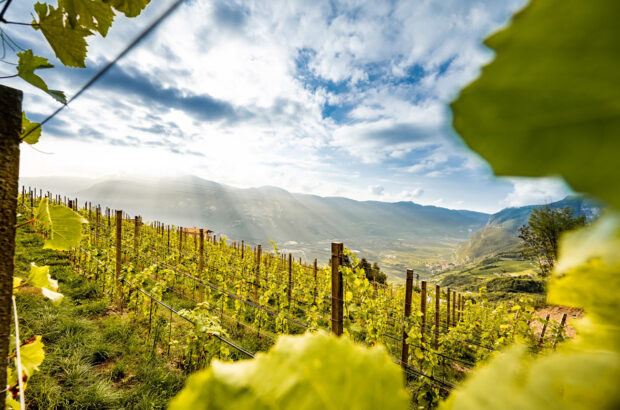drink now
A moderately good vintage in a run of poor years
Weather Conditions
A warm spring allowed the budding in May and the flowering in June to go according to plan. A few showers in July encouraged the grapes to start the ripening early but in August and September the weather was almost tropical and as a result the lack of water prevented further concentration in the grapes and put paid to hopes of another 1971. Nevertheless, the vintage was good, with plenty of ripe grapes. On the 1st and 2nd December freezing temperatures allowed one of the finest Eiswein vintages to be picked.
Best Appellations
A record crop was picked in all the regions and, as always, quantity does not equate with quality. In those days nobody did a “green harvest”, which is one reason why so few great wines were made after such a fine summer. This is also why there were enough grapes left over after the vintage for the largest recorded vintage of Eisweins, which, because of the extreme low temperature, reached levels of 150 to 200 degrees Oechsle with very high levels of acidity!
Best Producers
Among the many wonderful Eisweins are those of Egon Muller on the Saar, Dr. Weil in the Rheingau and Max Ferd. Richter’s Mulheimer Helenenkloster vineyard in the Mosel.







